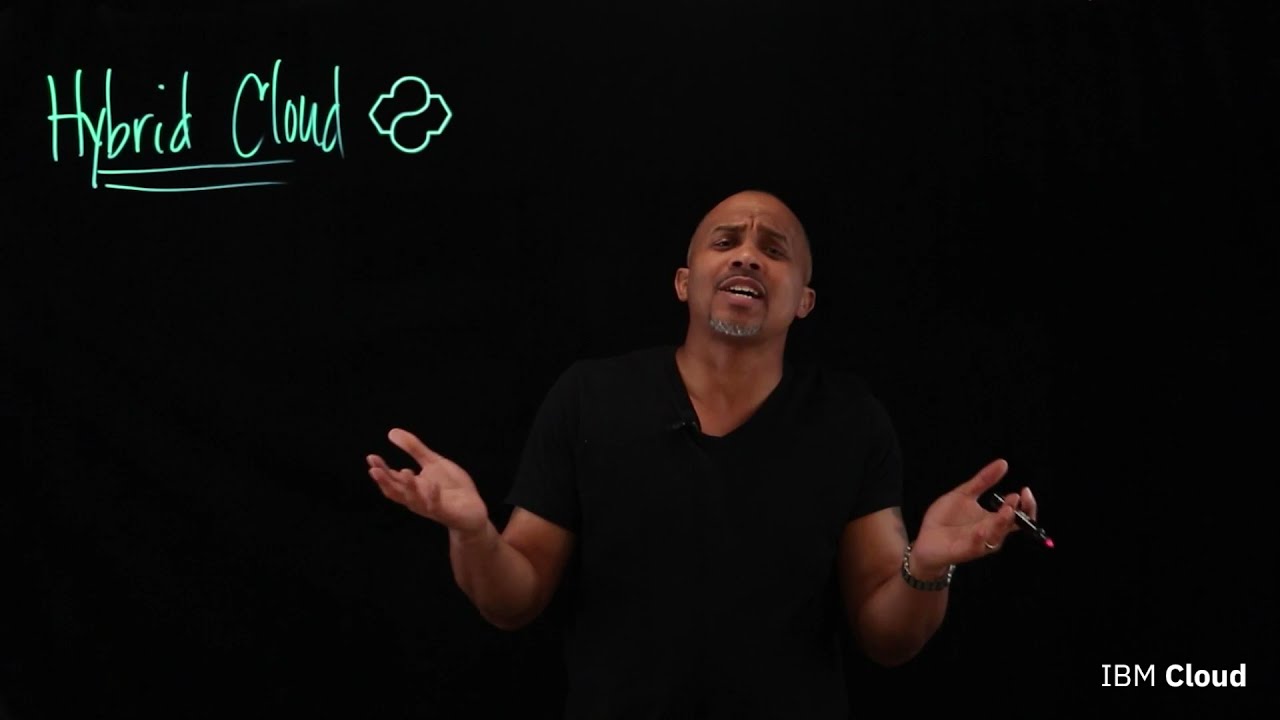Are you confused about what a hybrid cloud is? Don’t worry, you’re not alone. In this article, we will break down everything you need to know about a hybrid cloud, including the definition, pros and cons, alternatives, step-by-step guide, tips, and more.
What is a Hybrid Cloud?
A hybrid cloud is a type of cloud computing that combines public and private clouds. This means that some data and applications are stored in a private cloud, while others are stored in a public cloud. A hybrid cloud is often used by businesses that have sensitive data that needs to be kept secure but also want to take advantage of the scalability and cost-effectiveness of public cloud services.
Pros and Cons of a Hybrid Cloud
Like all technology solutions, there are pros and cons to using a hybrid cloud. Here are some of the most significant benefits and drawbacks:
These 5 particular use instances will finally be expanded by IBM and also will be made out there to the ecosystem for enlargement by particular person corporations and/or distributors. And though these Cloud Paks are optimized to run on the IBM Cloud, as a result of they're constructed on prime of OpenShift they can run on just about any cloud basis, making a no-lock-in answer that must be extra palatable to corporations who aren't IBM-centric or unique.
Pros:
- Security: By keeping sensitive data in a private cloud, businesses can maintain greater control over their data and limit access to it.
- Scalability: Public clouds can easily scale up or down based on demand, making them an efficient option for businesses with fluctuating needs.
- Cost-effectiveness: Public clouds typically offer pay-per-use pricing models, which can be more cost-effective than maintaining a private data center.
- Flexibility: With a hybrid cloud, businesses can choose which workloads run in which environment, giving them more flexibility to meet their specific needs.
Cons:
- Complexity: Managing a hybrid cloud requires expertise in both public and private cloud environments, which can be challenging for some businesses.
- Costs: While public clouds can be cost-effective, they can also become expensive if usage isn’t carefully monitored.
- Latency: Depending on how the hybrid cloud is set up, latency can be an issue, as data may need to travel between different environments.
- Security Risks: While using a private cloud can increase security, connecting it to a public cloud can create new vulnerabilities.
Alternatives to a Hybrid Cloud
If a hybrid cloud isn’t the best solution for your business, there are other cloud computing options available. Here are some of the most common alternatives:
“An enormous want to maneuver to the cloud, and stress from strains of enterprise to maneuver to the cloud, have created an expertise hole that has led to severe missteps and compelled IT groups to repatriate workloads that they had put within the cloud again into the information middle,” says Scott Sinclair, senior analyst at IT analysis agency ESG. “IT’s degree of competence, expertise, and training in the way to combine with the cloud is woefully insufficient.”
- Public Cloud: Businesses can use a public cloud exclusively, storing all data and applications in the cloud.
- Private Cloud: Alternatively, businesses can use a private cloud exclusively, hosting all data and applications on their own servers.
- Multi-Cloud: A multi-cloud strategy involves using multiple public clouds from different vendors or combining public and private clouds from different providers.
- On-Premises: For businesses that want complete control over their infrastructure, an on-premises solution is an option, where all data and applications are stored locally.
How to Set Up a Hybrid Cloud
Setting up a hybrid cloud can be complex, but with the right expertise, it’s achievable. Here’s a step-by-step guide to help you get started:
- Identify Your Business Needs: Determine which data and applications need to be kept in a private cloud and which can be in a public cloud.
- Choose a Cloud Provider: Select a public cloud provider that meets your needs and has strong security measures.
- Set Up Private Cloud Infrastructure: Establish a private cloud infrastructure that includes hardware, software, and security measures.
- Connect Public and Private Clouds: Connect the two environments using a secure connection that enables data to move between them as needed.
- Monitor and Manage Environment: Continuously monitor and manage the hybrid cloud environment to ensure it’s running smoothly and securely.
FAQs About Hybrid Clouds
Q1. What is the difference between a hybrid cloud and a multi-cloud?
A1. A hybrid cloud involves using both public and private clouds, while a multi-cloud strategy involves using multiple public clouds.
The human capital administration (HCM) firm lately accomplished its transition to a cloud structure, shuttering its on-premises knowledge facilities and migrating its purposes and back-office methods to a number of clouds. "We're a real client of hybrid cloud know-how," says CIO Warren Perlman. "Now we have operations in each in addition to native AWS, and in addition native Azure."
Q2. Is a hybrid cloud more secure than a public cloud?
A2. Yes, a hybrid cloud can be more secure than a public cloud because sensitive data is stored in a private cloud that businesses have greater control over.
Q3. How does burstiness impact hybrid clouds?
A3. Burstiness refers to sudden spikes in demand for resources. Hybrid clouds can handle burstiness by automatically scaling up or down based on demand.
Q4. Can I use any public cloud provider with a hybrid cloud?
A4. It’s possible to use any public cloud provider with a hybrid cloud, but it’s important to choose one that meets your specific needs and has strong security measures.
Q5. Do I need a dedicated IT team to manage a hybrid cloud?
A5. While managing a hybrid cloud does require expertise, it’s not always necessary to have a dedicated IT team. Many businesses work with cloud providers that offer managed services.
Conclusion
A hybrid cloud can be an excellent solution for businesses looking to balance the benefits of public and private clouds while maintaining security and control over their data. However, it’s important to carefully consider the pros and cons before deciding if a hybrid cloud is the best solution for your business.
If you do decide to set up a hybrid cloud, remember that it can be a complex process that requires expertise in both public and private cloud environments. Be sure to identify your business needs, choose the right cloud provider, establish a secure private cloud infrastructure, connect the two environments, and continuously monitor and manage the environment.
With the right approach, a hybrid cloud can provide many benefits, including increased security, scalability, cost-effectiveness, and flexibility. By leveraging the power of both public and private clouds, businesses can meet their specific needs and stay competitive in today’s digital landscape.




